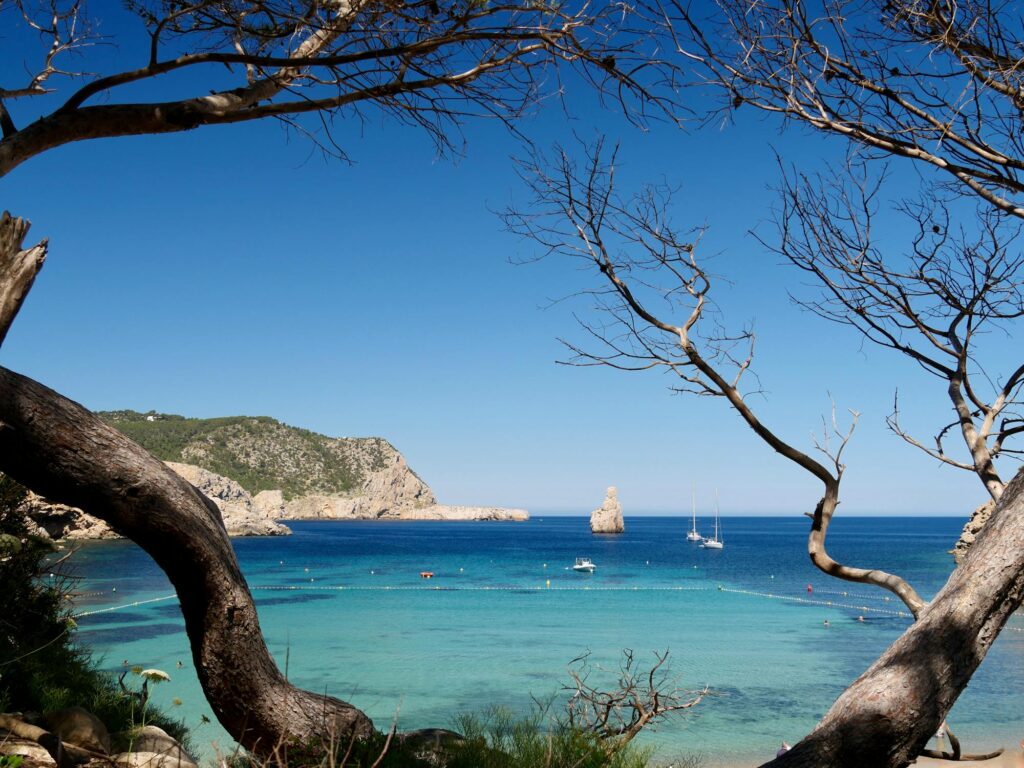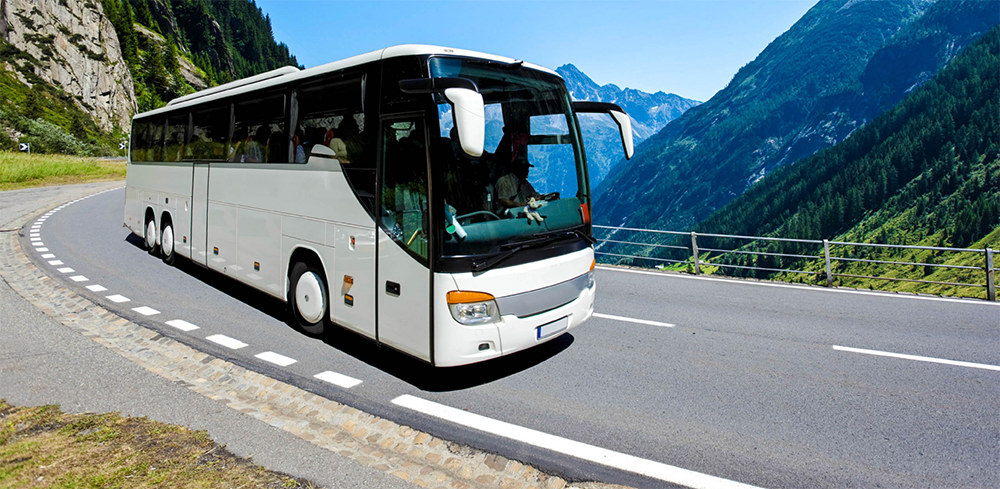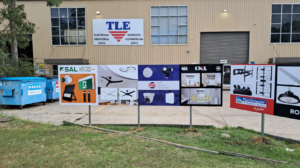Expert Insights on Planning a Trip to Nepal for Travelers
Embarking on an adventure to Nepal is a dream for many travelers around the world. Nestled in the heart of the Himalayas, this country offers an unparalleled blend of breathtaking landscapes, rich cultural heritage, and warm hospitality. However, planning a trip to Nepal requires more than just booking flights and packing bags—it demands thoughtful preparation, cultural understanding, and logistical awareness to fully embrace the experience. Drawing from expert insights, this article aims to guide prospective travelers in creating a seamless and enriching journey through Nepal.
First and foremost, understanding Nepal’s unique geography and climate is essential. The country is home to some of the world’s tallest peaks, including Mount Everest, and its terrain ranges from subtropical lowlands to alpine mountains. This diversity means that the timing of your visit can greatly influence your experience. The peak travel seasons in Nepal are spring (March to May) and autumn (September to November), when weather conditions are generally stable, skies are clear, and visibility of the mountains is optimal. During these periods, trekking routes and tourist hubs are bustling, so early reservations are advisable. Conversely, the monsoon season (June to August) brings heavy rainfall, making trekking hazardous and roads prone to landslides. Winter months can be extremely cold, especially at higher altitudes, which is a crucial consideration for those planning high-altitude treks.
Next, visa and entry requirements should be examined carefully. Nepal offers a relatively straightforward visa process, with options for obtaining a tourist visa on arrival at major airports and border crossings. However, it is prudent to check the latest regulations before departure, as policies may change. Additionally, travelers should consider their health and safety preparations. Vaccinations for diseases such as typhoid, hepatitis A, and tetanus are commonly recommended. Travelers should also carry a well-stocked first aid kit and consider travel insurance that covers high-altitude trekking, given the physical challenges of the region.
When planning a trip to Nepal, choosing the right itinerary is paramount. Nepal caters to a wide spectrum of interests—from adventurous trekking enthusiasts to culture seekers and spiritual travelers. For trekking aficionados, classic routes like the Everest Base Camp, Annapurna Circuit, and Langtang Valley offer world-class experiences. Yet, these trails demand physical fitness, acclimatization strategies, and respect for altitude sickness protocols. Those less inclined towards strenuous activities can explore cultural and historical sites such as the ancient city of Bhaktapur, the vibrant markets of Thamel in Kathmandu, and the spiritual serenity of Lumbini, the birthplace of Buddha.
An often overlooked but vital aspect of travel in Nepal is engaging with local culture and customs. Nepalese society is deeply rooted in tradition, with diverse ethnic groups, languages, and festivals. Travelers should take time to learn about local etiquette, such as removing shoes before entering homes or temples, dressing modestly, and greeting with a respectful “Namaste.” This cultural sensitivity enriches interactions and fosters meaningful connections with Nepalese people. Supporting community-based tourism initiatives also allows visitors to contribute positively to local economies and preserves traditional ways of life.
Transportation within Nepal poses its own challenges and opportunities. Major cities like Kathmandu and Pokhara are well connected by domestic flights, which save considerable time given the country’s rugged terrain. Road travel, while adventurous, can be slow and unpredictable due to narrow mountain roads and variable weather conditions. Travelers should be prepared for bumpy rides and plan accordingly. Hiring local guides or joining organized tours can alleviate logistical burdens and enhance safety, particularly in remote regions.
Accommodation options in Nepal range from luxury lodges and boutique hotels to budget guesthouses and homestays. Booking in advance during peak seasons is recommended to secure preferred lodging. Many trekkers appreciate staying in teahouses along trails, which provide basic amenities and an opportunity to mingle with fellow travelers and locals. For those prioritizing comfort, Kathmandu and Pokhara offer a wide array of upscale hotels with modern facilities.
Sustainable tourism is increasingly important in Nepal, as the influx of visitors puts pressure on fragile ecosystems and communities. Travelers are encouraged to minimize their environmental footprint by using reusable water bottles, avoiding single-use plastics, and respecting wildlife and natural habitats. Supporting eco-friendly accommodations and responsible tour operators helps promote conservation efforts and ensures that Nepal’s natural beauty endures for future generations.
Food and cuisine in Nepal deserve special mention. The local diet is influenced by Tibetan, Indian, and Chinese flavors, with staples like dal bhat (lentil soup with rice), momo (dumplings), and gundruk (fermented leafy greens) offering hearty nourishment after a long day of trekking or sightseeing. Sampling street food and dining in family-run eateries allows travelers to savor authentic tastes while contributing to local livelihoods. However, caution should be exercised with street food hygiene, and drinking bottled or purified water is advisable to avoid illness.
Lastly, mental and physical preparedness is crucial for a successful trip to Nepal. The country’s high altitudes, cultural contrasts, and unpredictable weather can be overwhelming for unprepared travelers. Building stamina through physical training, practicing mindfulness, and maintaining a flexible itinerary can help manage stress and enhance enjoyment. Embracing the journey with patience and an open mind often leads to the most memorable and transformative experiences.

In conclusion, planning a trip to Nepal involves more than logistics; it is an invitation to immerse oneself in a land of staggering natural beauty, profound spirituality, and resilient communities. By considering seasonal timing, health precautions, cultural nuances, transportation options, accommodation choices, and sustainable practices, travelers can craft an itinerary that is both safe and enriching. Whether scaling the world’s highest peaks or wandering ancient temples, Nepal offers an adventure that lingers in the heart long after the journey ends. With expert insights and careful preparation, your Nepalese expedition can become a life-changing chapter in your travel story.













